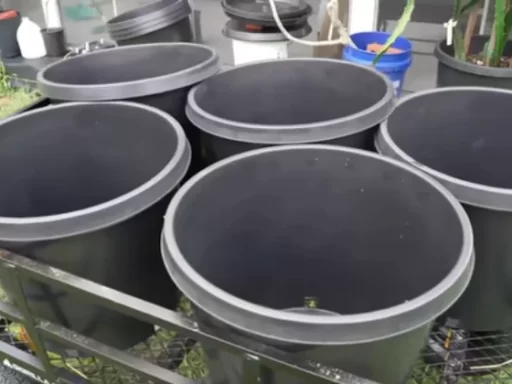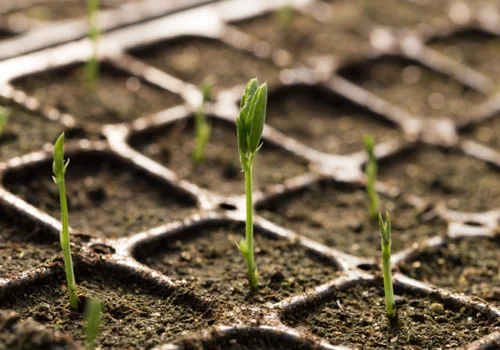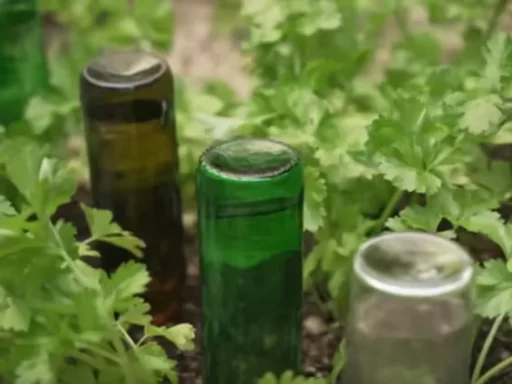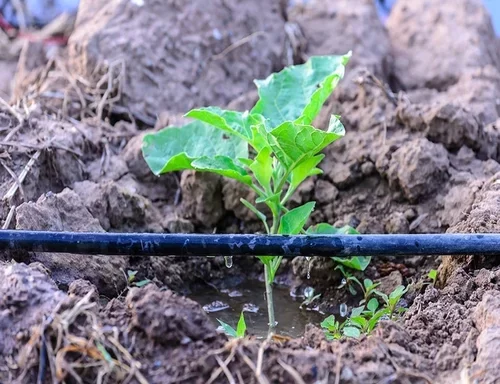As the weather warms up and gardening season begins, many gardeners face the daunting task of keeping their plants hydrated. Drip irrigation, though often perceived as complex, can be a game-changer. It not only reduces the amount of time spent watering but also conserves water and improves plant health. In this article, we’ll explore four essential drip irrigation do’s and don’ts to help you create a seamless and foolproof system for your garden.
Why Choose Drip Irrigation?
If you’ve ever spent hours watering your garden by hand, you know how time-consuming and repetitive it can be. Drip irrigation offers an efficient and targeted watering solution, delivering water directly to the roots of your plants, where it’s most needed. This method minimizes water wastage due to evaporation and prevents water from sitting on leaves, which can lead to disease. If you’re thinking about setting up a drip irrigation system but find the process intimidating, rest assured that it’s simpler than it seems. With the right guidance and materials, you’ll be able to set up a system that makes gardening much easier.
The Problem with Overhead Watering
Overhead watering methods are notoriously inefficient. When water is sprayed over a large surface area, much of it is lost to evaporation, especially under the hot sun. As a result, the water doesn’t penetrate deeply into the soil where it can reach the plant’s roots. Overhead watering also increases the likelihood of spreading disease, as water droplets on leaves create an environment conducive to pathogens. Additionally, the act of water splashing onto plants can spread soil-borne bacteria, fungi, and viruses. By contrast, drip irrigation targets specific areas, ensuring that water is delivered directly to the root zone, minimizing evaporation and disease spread.
Tip #1: Regulate Your System’s Pressure
One of the most critical components of any drip irrigation system is a pressure regulator valve. Many gardeners make the mistake of setting up their system without one, only to encounter problems later. Drip irrigation systems can typically handle around 25 psi (pounds per square inch) of pressure. Exceeding this limit can cause leaks and even blow apart connections. Without a pressure regulator, you risk damaging your system and wasting water. If you’re feeding your drip irrigation system from a high-pressure water line, installing a pressure regulator at the water source is essential.
For those using rain barrels or gravity-fed systems, a pressure regulator may not be necessary since these setups naturally have low pressure. However, when using a water line connected to the street, be sure to regulate the pressure to avoid system malfunctions. Always check the manufacturer’s guidelines if you’re using a pre-assembled system, as pressure requirements may vary slightly.
Tip #2: Understand Dripper Flow Rates
Another common mistake gardeners make is misunderstanding dripper flow rates. Drippers are available in different gallon-per-hour (GPH) rates, typically ranging from 0.5 to 1 gallon per hour. While it might be tempting to assume that a 1 GPH dripper will always deliver exactly 1 gallon of water per hour, this isn’t always the case. The actual water output depends on the overall pressure and the number of drippers in the system.
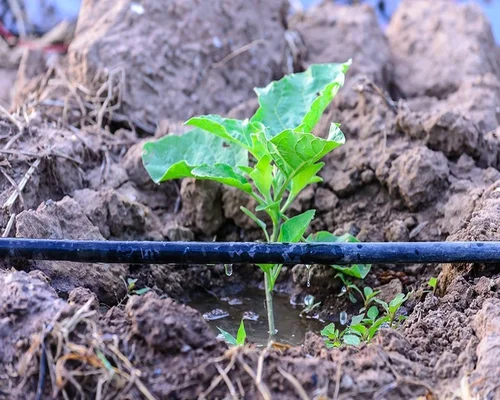
For instance, if you have multiple drippers connected to the same water source, the pressure may decrease, resulting in less water being delivered to each plant. Instead of focusing solely on the GPH rating, consider the ratio of water delivered. A 1 GPH dripper will deliver roughly twice as much water as a 0.5 GPH dripper, but only if the pressure is adequate. Therefore, in areas of your garden where plants require more water, use drippers with higher GPH ratings. Avoid adjustable drippers, as they tend to be unreliable and inconsistent over time. Stick to fixed-rate drippers to ensure even water distribution.
Tip #3: Install Shut-off Valves for Better Control
One of the most effective ways to optimize your drip irrigation system is by installing shut-off valves in different areas or zones of your garden. These valves allow you to control the water flow to specific areas, ensuring that you’re only watering the parts of your garden that need it. Without shut-off valves, you may end up watering empty spaces where plants have already been harvested, wasting both water and nutrients.
For example, you might plant tomatoes in one bed and onions in another. As the season progresses, you’ll harvest the onions first, leaving that bed empty. If you don’t have shut-off valves installed, you’ll continue watering the empty bed, leading to water wastage and possible soil damage. By installing shut-off valves on each bed or row, you can control which areas receive water based on their current needs.
This approach is particularly useful for container gardens, where plants have varying water requirements. Some containers may house drought-tolerant plants, while others contain moisture-loving varieties. With individual shut-off valves for each container or row, you can fine-tune the water distribution to match each plant’s needs.
Tip #4: Fertilize Through Your Drip System
Fertilizing your garden can be a labor-intensive task, especially if you have a large space. However, one of the hidden advantages of a drip irrigation system is that it can double as a fertilizer delivery system. By using water-soluble fertilizers, such as seaweed extract or fish emulsion, you can pass nutrients through your drip lines, ensuring that they are evenly distributed to your plants.
For those who use rain barrels to feed their drip system, fertilizing can be as simple as mixing the fertilizer into the rainwater. Once mixed, the fertilizer-laden water will slowly drip to the plants, saving you hours of manual fertilization. Alternatively, if you don’t use rain barrels, you can invest in a fertilizer injector that attaches directly to your water faucet. This device allows you to mix water-soluble fertilizer into the water supply, distributing it evenly across your garden.
Fertilizing through your drip system not only saves time but also ensures that each plant receives the right amount of nutrients. By feeding your plants while you water, you’ll see improved growth and yields without the extra work.
Frequently Asked Questions
- Why is drip irrigation more efficient than overhead watering? Drip irrigation targets the roots of the plants, minimizing evaporation and water waste. Overhead watering can lead to significant water loss due to evaporation and may also spread disease.
- Do I need a pressure regulator for my drip irrigation system? Yes, most drip irrigation systems require a pressure regulator to prevent leaks and damage. The ideal pressure is around 25 psi.
- Can I use any type of dripper for my system? It’s best to use fixed-rate drippers. Adjustable drippers are often unreliable and may deliver inconsistent water flow.
- Why should I install shut-off valves in my garden? Shut-off valves give you control over different zones in your garden, allowing you to water only the areas that need it, saving water and preventing over-saturation.
- How do I fertilize through a drip irrigation system? You can either mix water-soluble fertilizer into your rain barrels or use a fertilizer injector that attaches to your water faucet.
- What are the best plants to use with drip irrigation? Most garden plants benefit from drip irrigation, especially vegetables, fruits, and flowers that prefer consistent moisture levels.
- Can I automate my drip irrigation system? Yes, by installing a timer on your drip irrigation system, you can automate watering, ensuring your plants get the right amount of water even when you’re not home.

